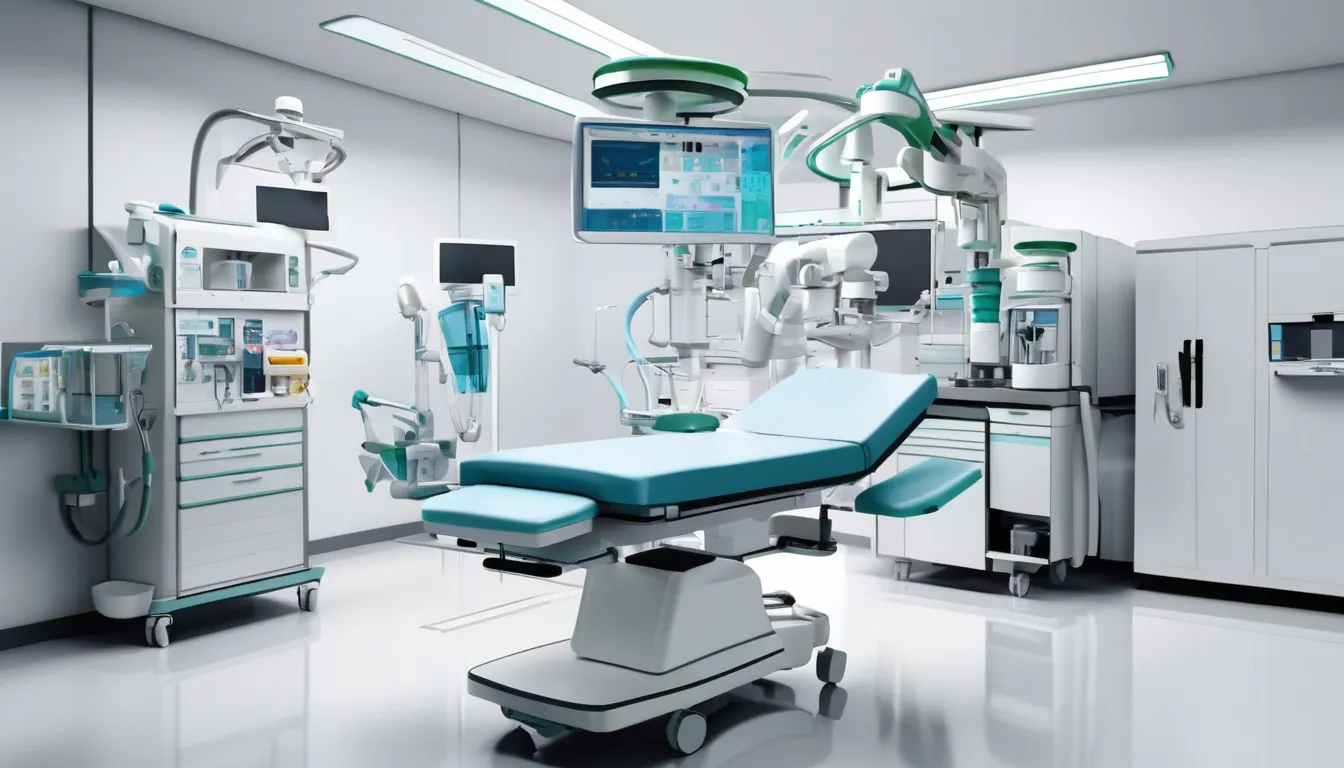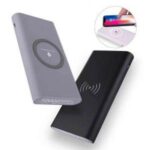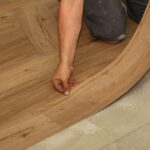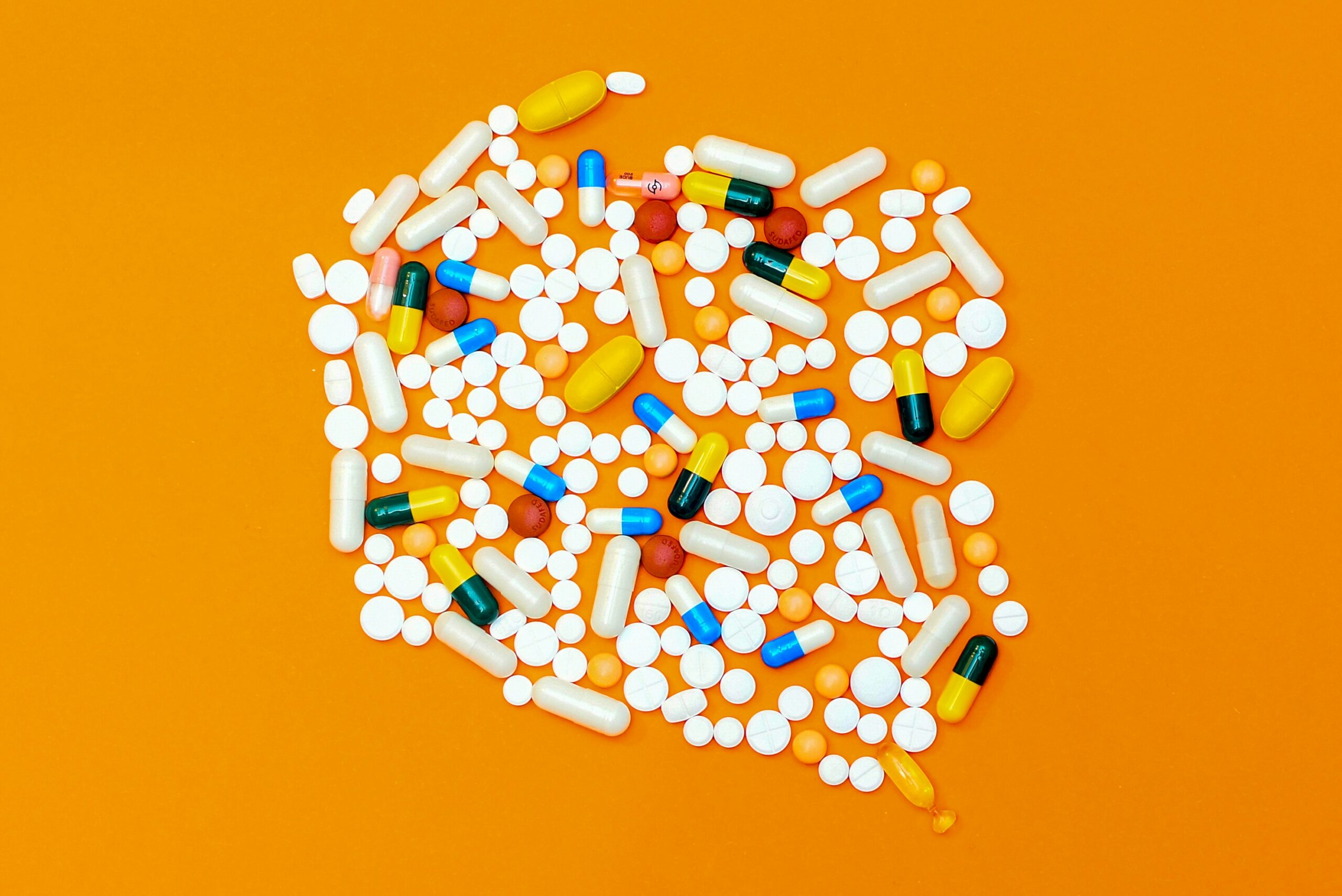
You’re probably familiar with the concept of remote patient monitoring, but have you stopped to think about the medical equipment that makes it all possible? From wearable sensors that track vital signs in real-time to mobile devices that enable seamless communication with healthcare providers, the technology behind remote patient monitoring is vast and complex. As you explore the various tools and platforms that support this type of care, you’ll begin to realize just how much of an impact they can have on patient outcomes and the overall healthcare landscape – but where do you even start?
Wearable Sensors for RPM
When it comes to remote patient monitoring (RPM), wearable sensors are a game-changer, enabling you to keep track of a patient’s vital signs and health indicators in real-time, from anywhere. These small, portable devices can be worn on the body, like smartwatches or fitness trackers, and can be used to monitor blood pressure, heart rate, and other vital signs.
This information can be transmitted wirelessly to healthcare providers, allowing them to track patients’ health and respond quickly to any changes.
Wearable sensors can also monitor other health metrics, such as oxygen saturation, respiratory rate, and body temperature. Some devices can even track physical activity, sleep patterns, and nutrition.
By using wearable sensors, you can collect accurate, real-time data on patients’ health, which can help you make informed decisions about their care. This technology can be particularly useful for patients with chronic conditions, such as diabetes or heart disease, or those who are at risk for complications.
Mobile Health Monitoring Devices
In addition to wearable sensors, mobile health monitoring devices have become an integral part of remote patient monitoring. These devices allow you to track your vital signs and health metrics on-the-go, providing real-time data to your healthcare provider.
Mobile health monitoring devices can be used to monitor a range of conditions, including diabetes, hypertension, and heart disease.
You can use mobile health monitoring devices to track your blood glucose levels, blood pressure, and oxygen saturation, among other metrics. Many devices also allow you to track your physical activity, sleep patterns, and nutrition.
This data can be transmitted to your healthcare provider, enabling them to monitor your condition remotely and make adjustments to your treatment plan as needed.
When choosing a mobile health monitoring device, consider the type of data you need to track, the ease of use, and the level of connectivity.
Look for devices that are compatible with your smartphone or tablet, and that offer secure data transmission.
Telehealth Platforms for Care
Several telehealth platforms for care are now available to support remote patient monitoring. You can choose from various platforms that cater to your specific needs, including video conferencing, secure messaging, and patient engagement tools.
These platforms enable you to remotely interact with patients, provide virtual consultations, and track patient data in real-time.
When selecting a telehealth platform, consider the level of integration with your existing electronic health record (EHR) system. A seamless integration allows you to access patient data and update records efficiently.
Additionally, ensure the platform complies with the Health Insurance Portability and Accountability Act (HIPAA) regulations to maintain confidentiality and security of patient data.
You should also evaluate the platform’s user interface and user experience. A user-friendly interface enables you to easily navigate the platform and focus on patient care.
Furthermore, look for platforms that offer technical support and training to ensure a smooth transition to remote patient monitoring. By choosing a suitable telehealth platform, you can enhance patient care and streamline your remote monitoring operations.
Vital Sign Monitoring Systems
You’ll need a vital sign monitoring system to track a patient’s essential physiological data remotely. This system is designed to collect and transmit vital sign data, such as heart rate, blood pressure, oxygen saturation, and body temperature, in real-time. You’ll be able to monitor patients with chronic conditions or those who require post-operative care from the comfort of their own homes.
Vital sign monitoring systems typically consist of a wearable device or a handheld monitor that transmits data to a central hub or a cloud-based platform.
This data is then accessible to healthcare providers through a secure portal, allowing them to track changes in a patient’s condition and make informed decisions about their care. Some systems also offer alert notifications when a patient’s vital signs exceed predetermined thresholds, enabling timely interventions.
When selecting a vital sign monitoring system, consider factors such as data accuracy, transmission reliability, and integration with existing electronic health records (EHRs) systems to ensure seamless care coordination.
Patient Engagement Technologies
Remote patient monitoring isn’t just about collecting data – it’s also about empowering patients to take an active role in their care.
Patient engagement technologies are designed to educate, motivate, and support patients in managing their health. You can use mobile apps, wearable devices, and web portals to engage patients and encourage them to adhere to their treatment plans.
These technologies allow you to track your patients’ progress, send reminders, and provide personalized feedback.
You can also use patient engagement platforms to share educational resources, such as videos, articles, and quizzes, to help patients understand their conditions and treatment options.
Conclusion
You’re now empowered to take control of your health with مولاژ for remote patient monitoring. Wearable sensors and mobile devices track your vital signs in real-time, while telehealth platforms connect you with healthcare providers from anywhere. By leveraging vital sign monitoring systems and patient engagement technologies, you can make informed care decisions and improve your health outcomes. This technology is revolutionizing healthcare, enhancing your overall experience and enabling you to live a healthier life.




